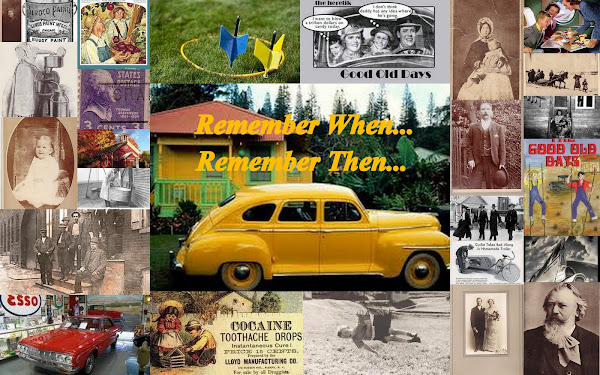October 24:
1901, First Barrel Ride Down Niagara Falls
On this day in 1901, a 63-year-old schoolteacher named Annie Edson Taylor becomes the first person to take the plunge over Niagara Falls in a barrel.
After her husband died in the Civil War, the New York-born Taylor moved all over the U. S. before settling in Bay City, Michigan, around 1898. In July 1901, while reading an article about the Pan-American Exposition in Buffalo, she learned of the growing popularity of two enormous waterfalls located on the border of upstate New York and Canada. Strapped for cash and seeking fame, Taylor came up with the perfect attention-getting stunt: She would go over Niagara Falls in a barrel.
Taylor was not the first person to attempt the plunge over the famous falls. In October 1829, Sam Patch, known as the Yankee Leaper, survived jumping down the 175-foot Horseshoe Falls of the Niagara River, on the Canadian side of the border. More than 70 years later, Taylor chose to take the ride on her birthday, October 24. (She claimed she was in her 40s, but genealogical records later showed she was 63.) With the help of two assistants, Taylor strapped herself into a leather harness inside an old wooden pickle barrel five feet high and three feet in diameter. With cushions lining the barrel to break her fall, Taylor was towed by a small boat into the middle of the fast-flowing Niagara River and cut loose.
The first barrel trip over the Falls was made by Annie Edson Taylor, a school teacher from Bay City Michigan, on October 4, 1901. Annie's barrel was curiously constructed, tapered almost to a point at the bottom and bound with metal hoops. It was padded with pillows and had a 45.4 kg (100 lb.) anvil in its bottom to keep it upright as it floated downriver.
It had an air supply, "enough to last her a week", forced into the barrel with a common bicycle pump after the barrel's lid was closed. To ensure that the barrel would float down the river and over the Horseshoe Falls, it had to be set adrift in the Canadian current. It would have been impossible for Canadian authorities to stop her trip even if they had wanted to, because Annie's handlers towed the barrel from Grass Island on the United States side and into the Canadian current where it was set adrift at 4:05 p.m. Knocked violently from side to side by the rapids and then propelled over the edge of Horseshoe Falls, the barrel tipped slightly forward as it went over the brink of the Horseshoe Falls and disappeared behind the curtain of falling water. Seventeen minutes later it floated out from behind the Falls and was stranded on the rocks close to the location of the present day Table Rock Observation Platform. The barrel was opened and Annie Taylor emerged, delirious and with a slight cut on her jaw.
Taylor reached the shore alive, if a bit battered, around 20 minutes after her journey began. She made the trip in an attempt to achieve fame and fortune. Taylor's fame cooled, and she was unable to make the fortune for which she had hoped. but achieved neither in her lifetime. She died in the poorhouse twenty years later. After a brief flurry of photo-ops and speaking engagements, she did, however, inspire a number of copy-cat daredevils. Between 1901 and 1995, 15 people went over the falls; 10 of them survived. Among those who died were Jesse Sharp, who took the plunge in a kayak in 1990, and Robert Overcracker, who used a jet ski in 1995. No matter the method, going over Niagara Falls is illegal, and survivors face charges and stiff fines on either side of the border.




































No comments:
Post a Comment